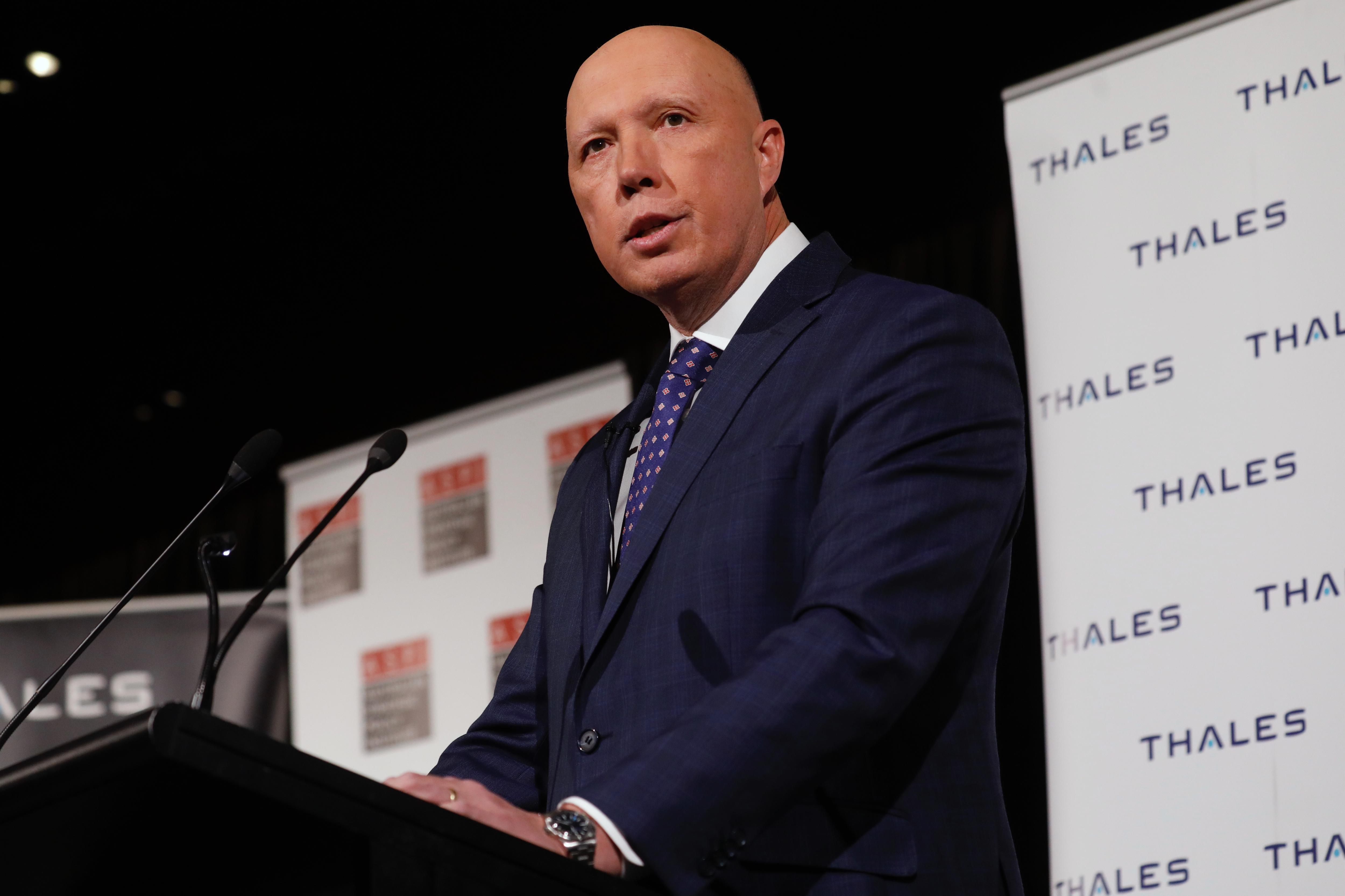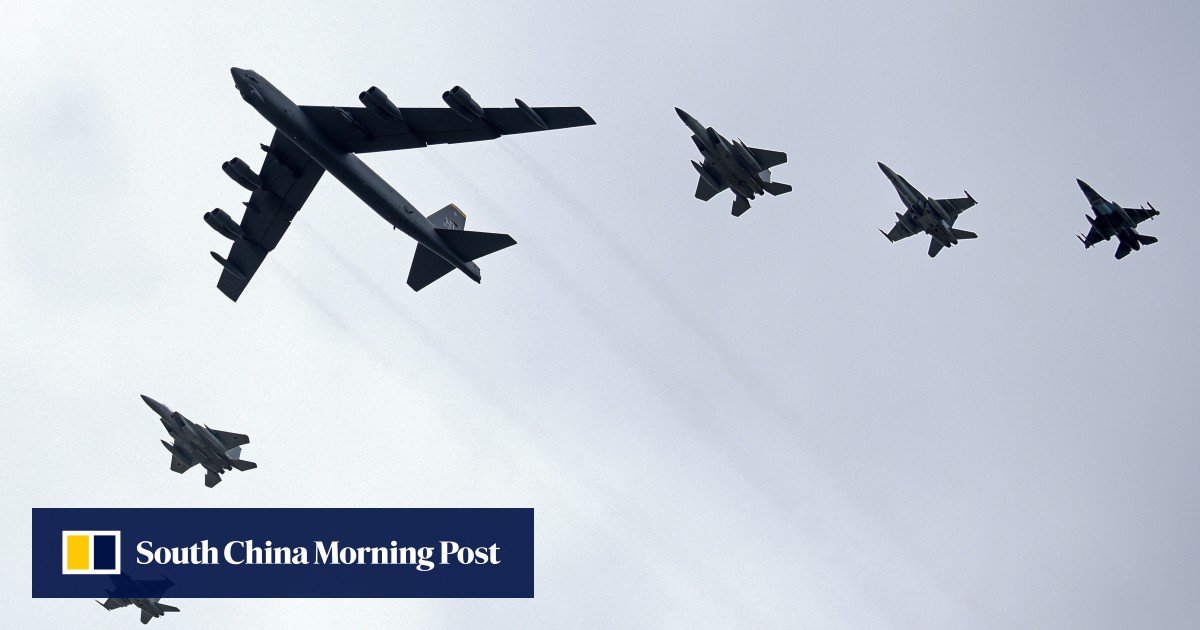
As Australia’s relationship with China becomes increasingly tense, a new development in the Aussie outback seeks to strengthen ties with our US allies.
Details and photos of the much anticipated $747m army base expansion planned for the Northern Territory have been released to the public.
The new development will help the Australian Defence Force and United States house and train troops on Aussie land.
The project, which spans four locations over 580km across the top end, comes in the wake of increasing global tensions between Australia, the US and China.
The four new military sites will be located at Robertson Barracks, Kangaroo Flats, Mount Bundey and Bradshaw Field.




